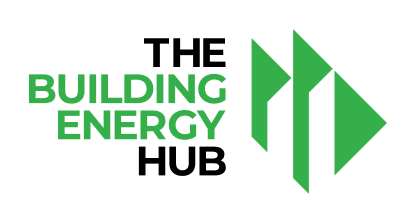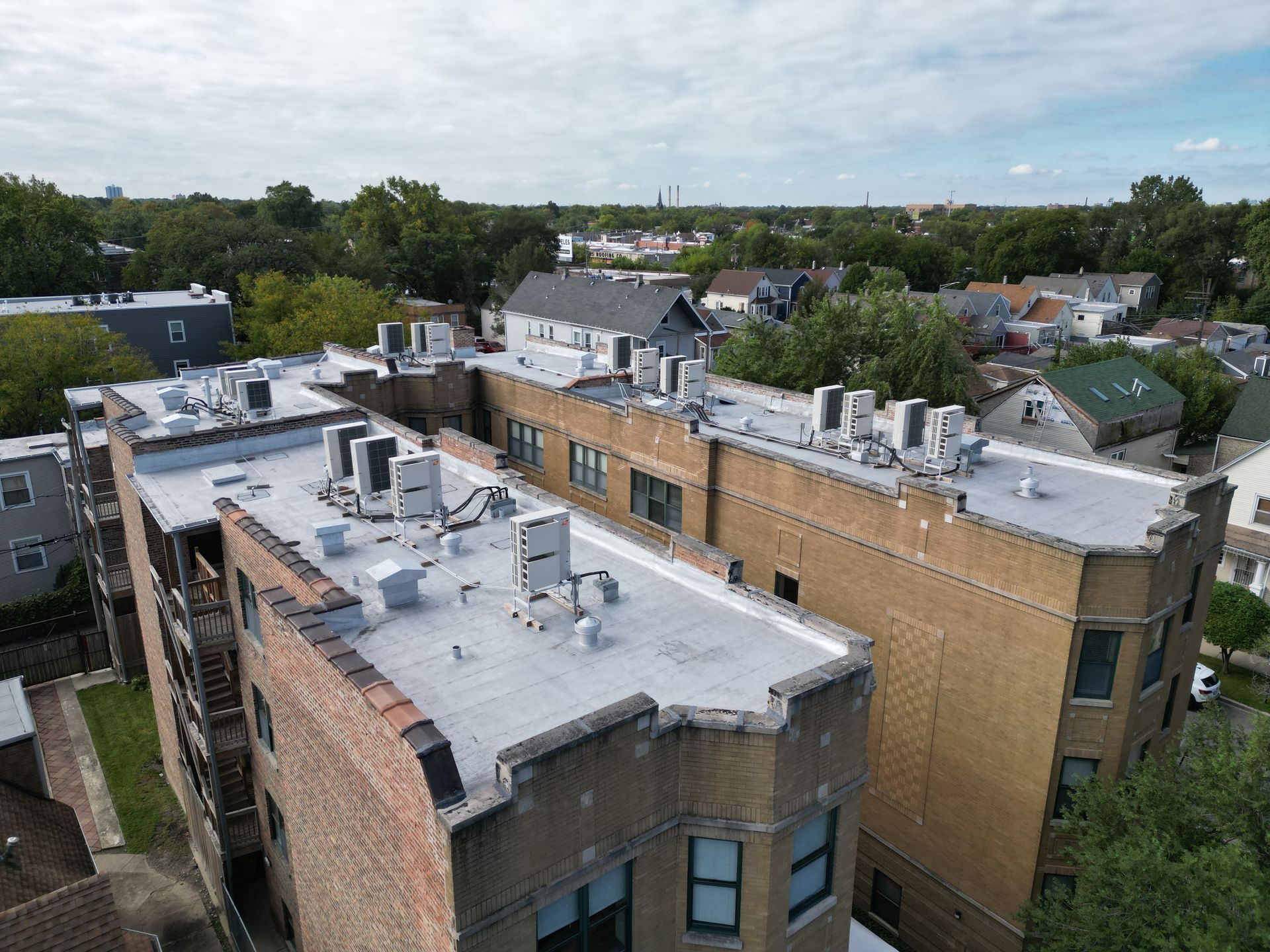ENERGY STAR: Guidelines for Energy Management
Guidelines for Energy Management
Partner resource compiled by ENERGY STAR
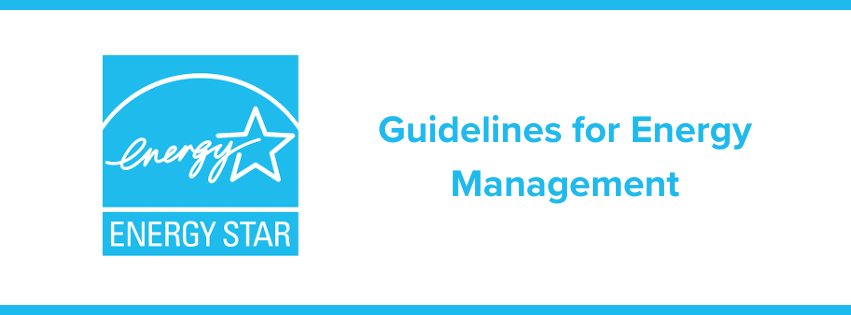
The ENERGY STAR Guidelines for Energy Management provide a proven strategy for creating a comprehensive energy management program. Based on the successful practices of ENERGY STAR partners, these guidelines can help your organization plan and implement an energy management program that delivers deep, sustained energy savings over the long-term.
Overview
Continuous improvement of energy performance requires establishing effective energy management practices and processes to guide the energy program. Any organization, regardless of size, function, or mission can develop an effective energy program if they are willing to make the commitment.
The US EPA’s ENERGY STAR Guidelines for Energy Management provides a proven strategy for creating an energy management program focused on continuous improvement of energy performance. The process builds on the commitment organization’s make when they become an ENERGY STAR partner.
Based on the successful practices of ENERGY STAR partners, these guidelines for energy management can assist your organization in improving its energy and financial performance while distinguishing your organization as an environmental leader. Thousands of organizations have used the Guidelines to tailor their approach towards managing energy that delivers results and demonstrates leadership.
This document is intended to provide additional information and guidance to the ENERGY STAR Guidelines for Energy Management outlined on the ENERGY STAR web site. References to additional energy management resources and tools discussed in the text and in the Appendix can all be found on the ENERGY STAR web site.
A Seven-Step Road Map
The ENERGY STAR Guidelines contain a step-by-step road map for continuous improvement, based on best practices from the nation's leaders in energy management. The document is broken out into seven steps:
- Make Commitment
- Assess Performance
- Set Goals
- Create Action Plan
- Implement Action Plan
- Evaluate Progress
- Recognize Achievements
Maximize your savings by downloading the ENERGY STAR Guidelines for Energy Management. Each step is facilitated by tools to help you take action.
